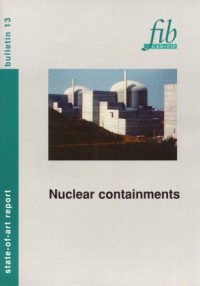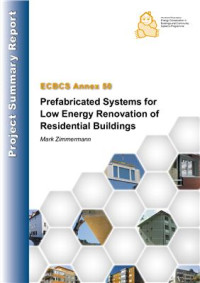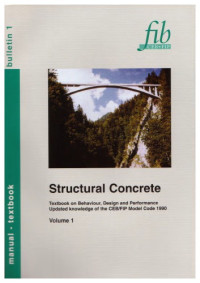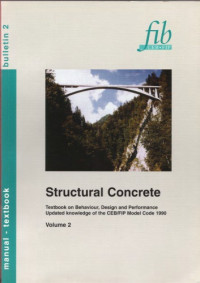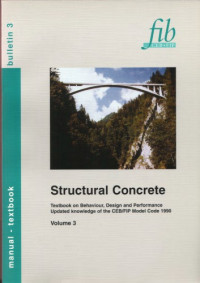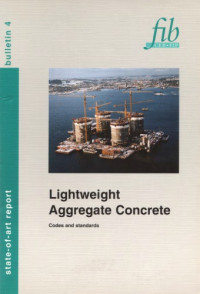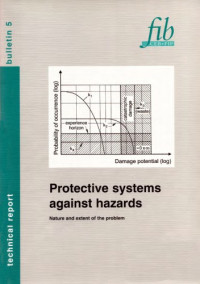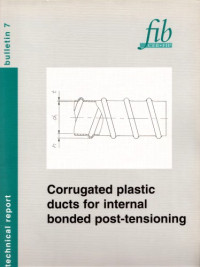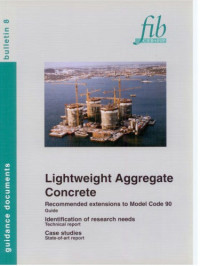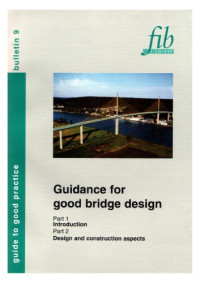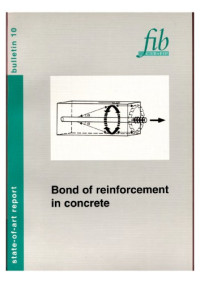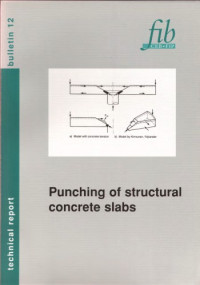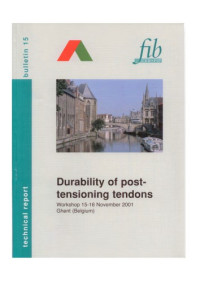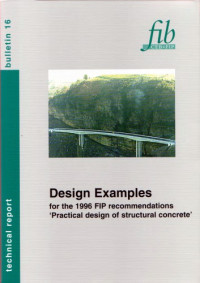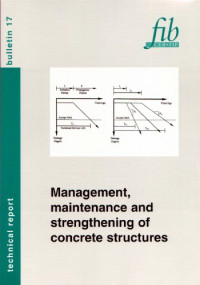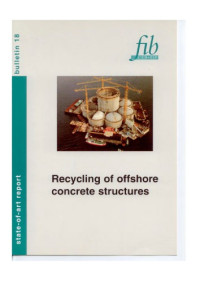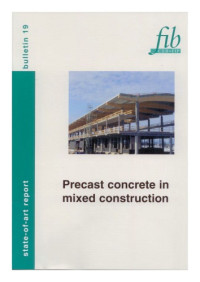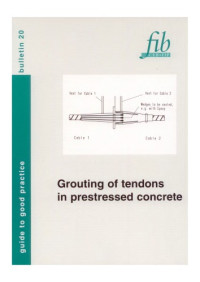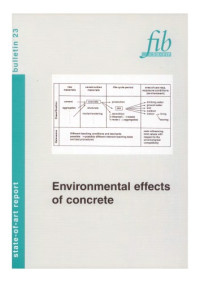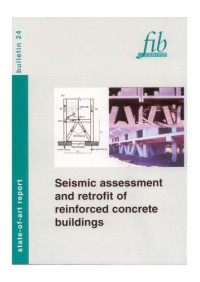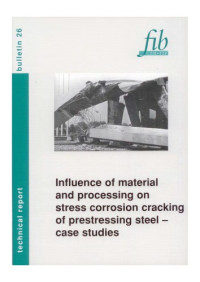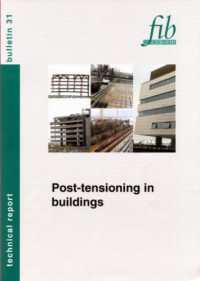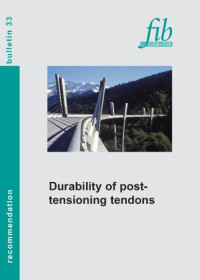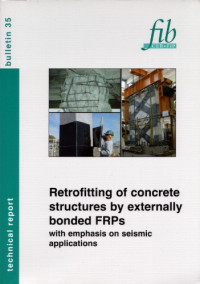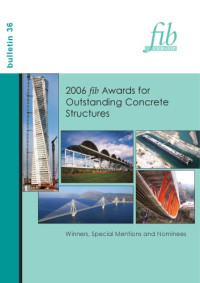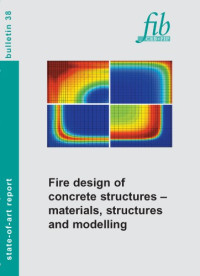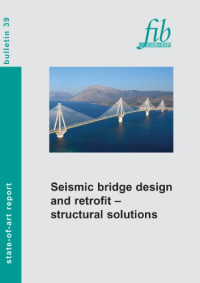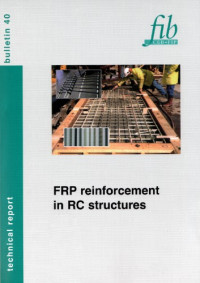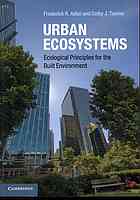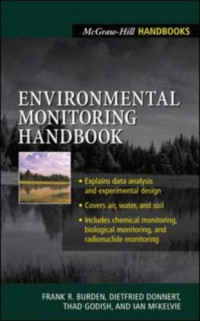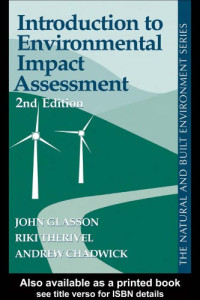
FIB 21: Environmental issues in prefabrication
FIB
With the world's population growing at an exponential rate, extreme attention has to be paid on how environment and resources are treated. For the building industry the result will be:
New laws having direct consequences for the choice of materials and building techniques
Sets of standards dealing with environmental matters
Customers will prefer products that can document sound environmental "behaviour"
Based on this background it was in fib Commission 3, Environmental Aspects of Design and Construction, that a task group was created in order to draft. a state of the art report that would make a sort of inventory of all environmental issues in prefabrication, identify areas for improvement and collecting available documentation expected to be required for the activities in the future.
The work aimed at documenting existing environmental properties of precast structures, identifying future possibilities, and to collecting data required for life cycle assessment of precast structures. In the pursuit of this aim the following issues have been investigated: Demountable structures, re-use of components, systems for utilizing the thermal mass of concrete, production, recirculation in the production process, transport, erection, supplementary materials and the environment in the plants.
During the process of preparing the document it became evident that the environmental issue does not have the worldwide attention that was expected. Although a lot is written about environmental matters all over the world, much of it is philosophical considerations with very little facts. Many countries in Europe as well as Japan have done a lot of excellent scientific work, but it seems that the implementation on the practical level varies considerably. Thus it became difficult to collect data from all over the world, and as a result the examples presented are dominated by results from the Nordic countries, which - together with the Netherlands - seem to be most advanced on the practical level.
It also became evident that there are large differences in the systems used for data collection. Tables etc. containing "facts" are not always comparable - the assumptions may be different. Wherever possible this has been pointed out in the text.
List of contents:
Introduction - 1 Scope - 2 Production - 3 Transport and erection - 4 The structure - 5 References - Annexes dealing with: Life cycle analysis - Environmental product declarations - How to utilize the thermal mass - Example of comparison of structural systems
New laws having direct consequences for the choice of materials and building techniques
Sets of standards dealing with environmental matters
Customers will prefer products that can document sound environmental "behaviour"
Based on this background it was in fib Commission 3, Environmental Aspects of Design and Construction, that a task group was created in order to draft. a state of the art report that would make a sort of inventory of all environmental issues in prefabrication, identify areas for improvement and collecting available documentation expected to be required for the activities in the future.
The work aimed at documenting existing environmental properties of precast structures, identifying future possibilities, and to collecting data required for life cycle assessment of precast structures. In the pursuit of this aim the following issues have been investigated: Demountable structures, re-use of components, systems for utilizing the thermal mass of concrete, production, recirculation in the production process, transport, erection, supplementary materials and the environment in the plants.
During the process of preparing the document it became evident that the environmental issue does not have the worldwide attention that was expected. Although a lot is written about environmental matters all over the world, much of it is philosophical considerations with very little facts. Many countries in Europe as well as Japan have done a lot of excellent scientific work, but it seems that the implementation on the practical level varies considerably. Thus it became difficult to collect data from all over the world, and as a result the examples presented are dominated by results from the Nordic countries, which - together with the Netherlands - seem to be most advanced on the practical level.
It also became evident that there are large differences in the systems used for data collection. Tables etc. containing "facts" are not always comparable - the assumptions may be different. Wherever possible this has been pointed out in the text.
List of contents:
Introduction - 1 Scope - 2 Production - 3 Transport and erection - 4 The structure - 5 References - Annexes dealing with: Life cycle analysis - Environmental product declarations - How to utilize the thermal mass - Example of comparison of structural systems
卷:
21
年:
2003
出版社:
FIB - The International Federation for Structural Concrete (fib - fédération internationale du béton
语言:
english
页:
55
ISBN 10:
2883940614
ISBN 13:
9782883940611
文件:
PDF, 3.23 MB
IPFS:
,
english, 2003
 Amazon
Amazon  Barnes & Noble
Barnes & Noble  Bookshop.org
Bookshop.org  转换文件
转换文件 更多搜索结果
更多搜索结果 其他特权
其他特权 